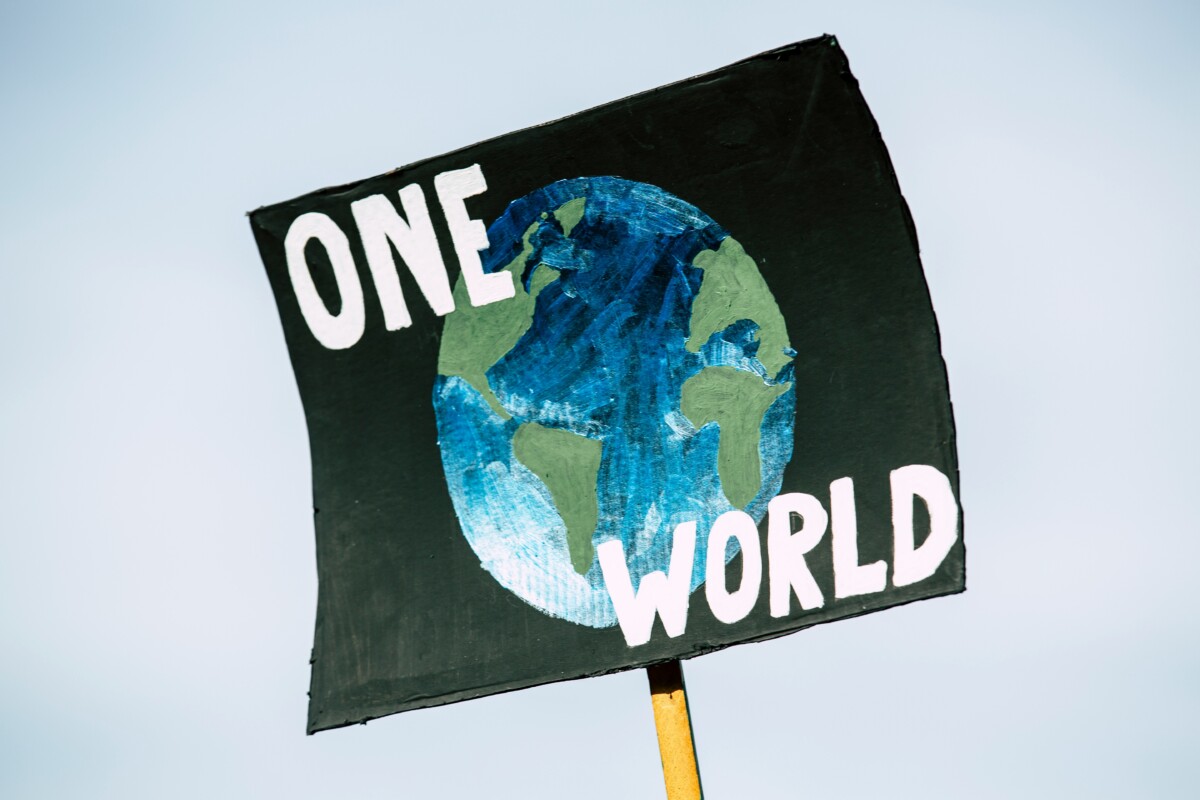Listen to the full podcast episode on YouTube, Spotify, and Apple Podcasts.
What Are Transition Plans?
“Think of a transition plan as the training plan for your New Year’s resolution,” Lucy explained.
“It’s the step-by-step roadmap that bridges the gap between setting an ambitious goal—like hitting net zero by 2035—and the actions needed to get there.”
Unlike traditional sustainability strategies, transition plans emphasise practicality and accountability. They force organisations to outline not just their end goals but also the interim steps, costs, and stakeholder roles involved. Lucy noted, “A good transition plan doesn’t just sit in a sustainability team’s drawer; it becomes the foundation for engaging employees, suppliers, and investors.”

From Strategy to Action
One of Lucy’s key insights is that transition plans take sustainability from theory to practice. “Many organisations are great at setting big goals, but the details of how to achieve them often get lost,” she said.
“Transition plans make those goals actionable.”
This action-oriented approach is particularly critical in the face of growing regulatory scrutiny. “We’re seeing increased pressure from frameworks like the CSRD and the Transition Plan Task Force (TPT),” Lucy highlighted. “These regulations aren’t just about disclosure—they’re about proving that organisations have credible pathways to achieving their commitments.”
Communicating Complexity with Clarity
A unique challenge of transition planning lies in its complexity. From modelling financial impacts to engaging diverse stakeholder groups, the process can feel overwhelming. This is where Lucy’s expertise in communication plays a pivotal role.
“Sustainability often gets bogged down in what I call ‘acronym soup,’” Lucy said, referencing terms like ESG, TPT, and CSRD.
“The key is to cut through the jargon and focus on what matters to your audience. What does this plan mean for them? What do they need to do?”
For Lucy, effective communication isn’t just about simplifying complexity; it’s about making sustainability relevant. “If a plan doesn’t inspire action, it’s not working. Transition plans should clearly outline who needs to do what, whether it’s a supplier reducing emissions or an employee adopting more sustainable practices.”
Transparency as a Tool for Progress
Another essential element of transition planning is transparency. “Plans will go wrong—targets will be missed—but that’s okay if you’re upfront about it,” Lucy emphasised.
“The worst thing you can do is try to cover up mistakes. Transparency builds trust and shows that you’re committed to improvement.”
Lucy pointed to Microsoft’s handling of emissions increases driven by AI as a prime example. “They explained why their emissions had risen and shared the steps they were taking to address it. That kind of honesty disarms critics and fosters credibility.”

Breaking Down Silos
One of the most transformative aspects of transition plans is their ability to break down organisational silos.
“Sustainability can’t just live in one department—it needs to be embedded across the entire organisation.”
Lucy shared an example from ITV’s transition planning, where the broadcaster didn’t just focus on operational emissions but also on how its content could inspire audiences to adopt more sustainable behaviours. “That’s the kind of holistic thinking transition plans can enable,” She added.
A Call for a Common Language
Looking ahead, Lucy highlighted the need for a universal sustainability language to further enhance the effectiveness of transition plans. “Right now, sustainability professionals, finance teams, and communicators often struggle to speak the same language,” she said.
“If we could align on common terms and frameworks, it would unlock so much potential for collaboration.”
Conclusion: From Words to Action
Transition plans are more than a bureaucratic requirement—they’re a powerful tool for turning sustainability promises into reality. As Lucy put it, “They force organisations to think beyond the headlines and focus on the nuts and bolts of making change happen.”
For companies navigating the complexities of sustainability, Lucy’s message is clear: transition plans aren’t just about compliance; they’re about accountability, action, and impact. By embracing this approach, businesses can not only meet their commitments but also lead the way in building a sustainable future.
Building Trust, Together
👉 Join The Anti-Greenwash Charter and join a growing movement of responsible communicators who are raising the bar for integrity in sustainability storytelling.
Want to be a guest on our show?
Contact Us.
The Responsible Edge Podcast
Queensgate House
48 Queen Street
Exeter
Devon
EX4 3SR
Recognition.
Subscribe Now.
Subscribe below to receive a monthly email featuring all new episodes of The Responsible Edge Podcast.
© 2025. The Responsible Edge Podcast. All rights reserved.
The Responsible Edge Podcast® is a registered trademark of The Anti-Greenwash Charter Ltd.
Created by The Anti-Greenwash Charter
© 2025. The Responsible Edge Podcast


